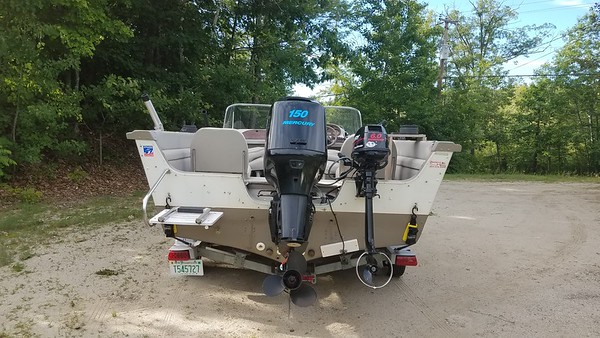Tin Man
Well-known member
- Joined
- Oct 1, 2011
- Messages
- 539
- Reaction score
- 336
- LOCATION
- SoCal
I am preparing to install a Lowrance 3 in 1 AI transducer on my new Tracker Hull which is painted aluminum.
Lowrance transducer mounting bracket is made of stainless steel.
Reading install instructions from Lowrance, it suggests using a plastic isolating material such as "King Starboard" to prevent corrosion between Alum hull and SS mounting bracket (dissimilar metals).
I was planning on installing SS bracket directly to hull, as I want to use the existing two holes from previous transducer.
However, after reading install instructions, perhaps I should use a piece of King Starboard (HDPE) and screw it into hull using the two existing holes and attach transducer bracket to HDPE.
Will direct mounting bring about corrosion?
Thoughts?
Lowrance transducer mounting bracket is made of stainless steel.
Reading install instructions from Lowrance, it suggests using a plastic isolating material such as "King Starboard" to prevent corrosion between Alum hull and SS mounting bracket (dissimilar metals).
I was planning on installing SS bracket directly to hull, as I want to use the existing two holes from previous transducer.
However, after reading install instructions, perhaps I should use a piece of King Starboard (HDPE) and screw it into hull using the two existing holes and attach transducer bracket to HDPE.
Will direct mounting bring about corrosion?
Thoughts?
Attachments
Last edited:

























































